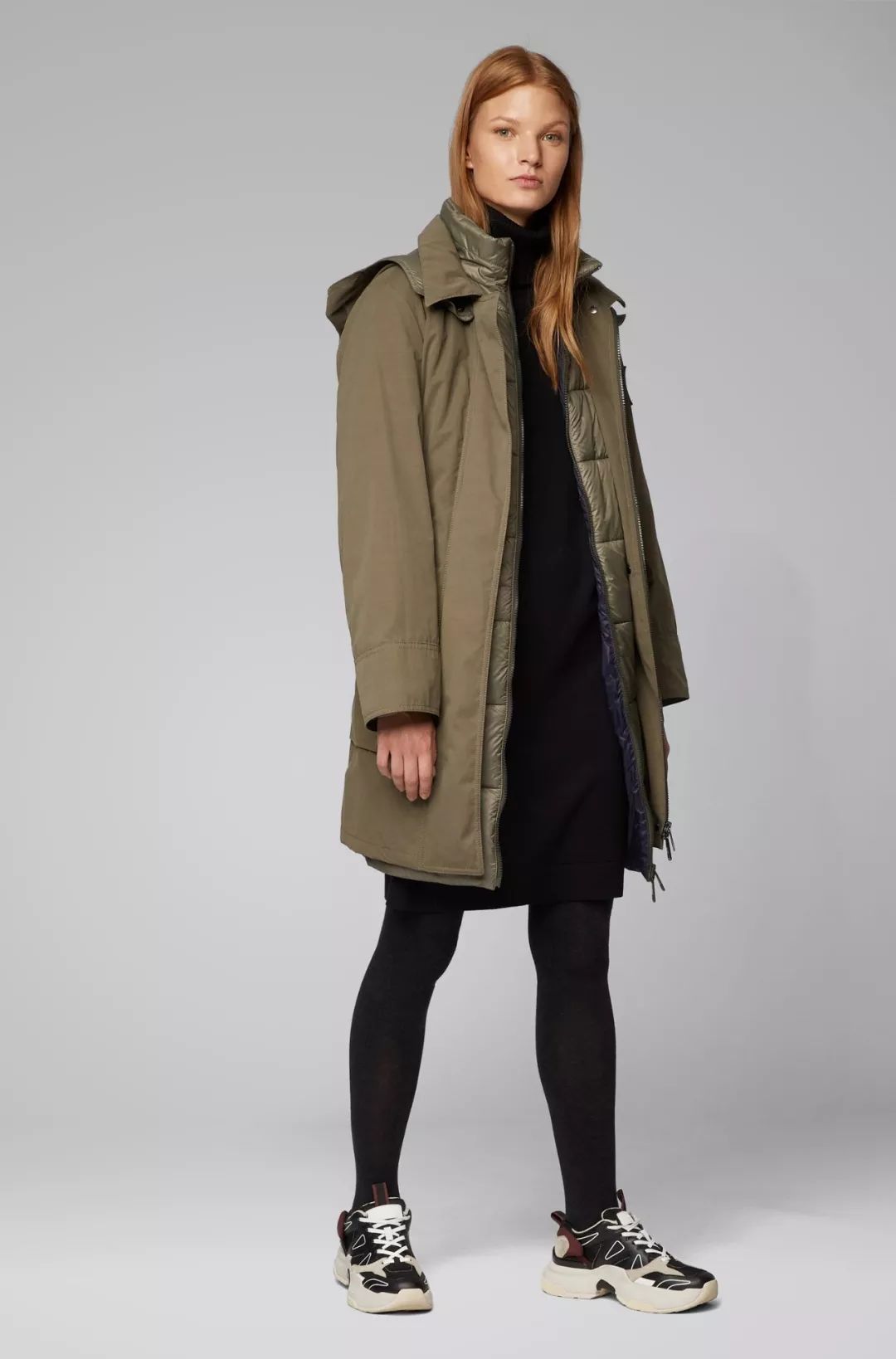Title: The Production of Down Jackets: A Comprehensive Guide
This comprehensive guide provides a detailed look at the production of down jackets, from selecting the right materials to completing the final product. It covers topics such as design considerations, material selection, cutting techniques, and assembly processes. The guide also includes information on quality control and troubleshooting to ensure that each down jacket meets the highest standards. Whether you are a beginner or an experienced producer, this guide will help you understand the intricacies of down jacket production and provide you with the necessary tools to create high-quality products.
Down jackets, also known as羽绒服, have become a winter essential for people all over the world. These jackets are designed to keep people warm in cold weather by using down, a soft, insulating material derived from ducks or geese. In this article, we will explore the comprehensive process of down jacket production, from sourcing the raw materials to the final stages of assembly.
The first step in down jacket production is sourcing the raw materials. Down jackets typically consist of three main components: the outer shell, the lining, and the down itself. The outer shell is usually made from nylon or polyester fabric, which is water-resistant and durable. The lining is a thin layer of fabric that provides additional warmth and comfort, and the down is the main insulating material. All of these materials must be of high quality and meet specific standards to ensure that the final product is of good quality.
Once the raw materials have been sourced, they are prepared for cutting. This involves measuring and marking the fabric to ensure that it is cut accurately. Then, using a machine or by hand, the fabric is cut into the shapes that will form the individual pieces of the down jacket. These pieces include the front, back, sleeves, and any other parts that make up the design of the jacket.

Next, the pieces are assembled together to form the basic structure of the down jacket. This process involves sewing or stitching the pieces together at specific points to create seams and joints. Care must be taken to ensure that the seams are properly aligned and that there are no gaps or loose threads. Otherwise, the jacket may not hold its shape or may be prone to wear and tear.
Once the basic structure is assembled, the down jacket is ready for filling with down. The down is usually cleaned and processed before being inserted into the jacket through small openings in the lining. The amount of down used depends on the desired warmth and thickness of the jacket. Once the down has been inserted, the openings are closed with small zippers or buttons to ensure that the down stays in place.

Finally, the down jacket is inspected for quality control. This involves checking that all seams are properly aligned and that there are no gaps or defects in the material. The jackets are also tested to ensure that they meet specific standards for warmth and water resistance. Any jackets that fail to meet these standards are rejected and returned to production for further processing.
In conclusion, down jacket production is a comprehensive process that involves sourcing raw materials, cutting them into shapes, assembling them into a basic structure, filling them with down, and inspecting them for quality control. Each step in this process is crucial to ensure that the final product is of good quality and meets customer expectations. By understanding this process, we can appreciate the effort and expertise that goes into producing these winter essentials.

Articles related to the knowledge points of this article:
Brand Womens Jackets and Coats: A Fashion Review
Senior Citizen Down Jackets: A Guide to Staying Warm and Stylish in Winter
How to Tie a Long Scarf: A Step-by-Step Guide with Video Explanations
Feather Pillow: A Cozy and Allergy-Friendly Sleep Solution



